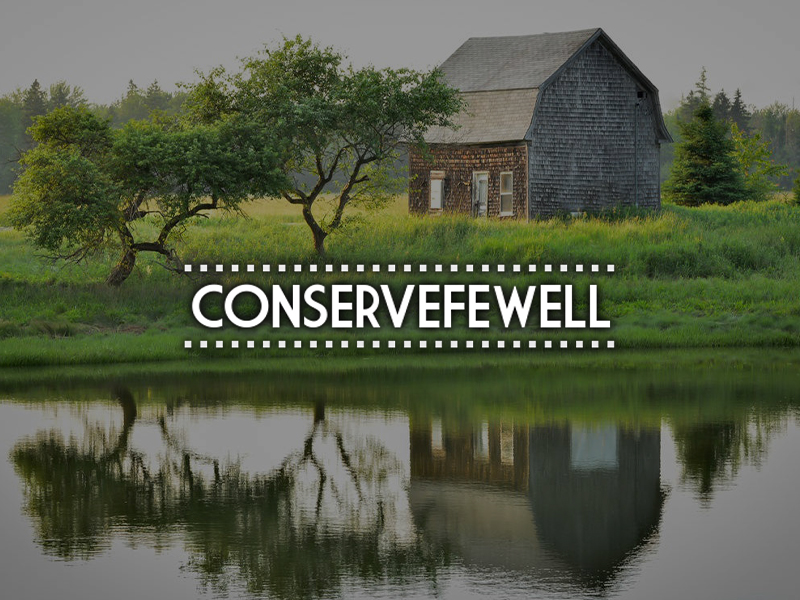By Brent Fewell
Thanks to my older brother, Scott, who forwarded the following story, A Fight Over Water, and to Save a Way of Life, by Lizette Alvarez this week in the NYT. It’s a tale of too much water  being used for human consumption, exacerbated by poor management of water and ocean resources and an unpredictable climate, that’s leading to the rapid destruction of a major commercial fishery and a way of life in the Gulf of Mexico. Unfortunately, these type of water disputes are becoming common place, and are no longer isolated to the parched and water-starved western states. We are witnessing this tragedy unfold in real-time in Florida – the consequence of a convergence of complex environmental and socio-economic factors, including poor governance, inter-jurisdictional feuding, and a public that is apathetic or insufficiently in tune with the negative consequences of collective harm being done. Due to the ongoing tri-state water war (background here) between Georgia, Alabama, and Florida, the recent BP Oil Spill, and recent droughts, the oyster fishery in Apalachicola Bay, one of the country’s most productive estuaries that produces 90 percent of Florida’s oysters, satisfying nearly 10 percent of the country’s insatiable demand for oyster rockefeller and half-shells, is on the verge of utter collapse. The Apalachicola Bay is unfortunately at the terminus of a very long journey for a water molecule that starts its southward migration in the headwaters north of Atlanta and meanders through some very thirsty neighborhoods, dominated by agriculture, industry, hydroelectric, nuclear, natural gas, and thirsty cities – allowing what freshwater is left at the end of its journey to empty into the Bay. Unfortunately, there isn’t enough water in the River by the time it empties into the Gulf to support the fisheries in the Apalachicola Bay. The reduced amount of freshwater has increased the salinity – something which oysters do not like – and simultaneously attracted natural predators, including stone crabs, snails, oyster parasites, and redfish. It is the perfect storm of sorts, and bad for critters and humans.
being used for human consumption, exacerbated by poor management of water and ocean resources and an unpredictable climate, that’s leading to the rapid destruction of a major commercial fishery and a way of life in the Gulf of Mexico. Unfortunately, these type of water disputes are becoming common place, and are no longer isolated to the parched and water-starved western states. We are witnessing this tragedy unfold in real-time in Florida – the consequence of a convergence of complex environmental and socio-economic factors, including poor governance, inter-jurisdictional feuding, and a public that is apathetic or insufficiently in tune with the negative consequences of collective harm being done. Due to the ongoing tri-state water war (background here) between Georgia, Alabama, and Florida, the recent BP Oil Spill, and recent droughts, the oyster fishery in Apalachicola Bay, one of the country’s most productive estuaries that produces 90 percent of Florida’s oysters, satisfying nearly 10 percent of the country’s insatiable demand for oyster rockefeller and half-shells, is on the verge of utter collapse. The Apalachicola Bay is unfortunately at the terminus of a very long journey for a water molecule that starts its southward migration in the headwaters north of Atlanta and meanders through some very thirsty neighborhoods, dominated by agriculture, industry, hydroelectric, nuclear, natural gas, and thirsty cities – allowing what freshwater is left at the end of its journey to empty into the Bay. Unfortunately, there isn’t enough water in the River by the time it empties into the Gulf to support the fisheries in the Apalachicola Bay. The reduced amount of freshwater has increased the salinity – something which oysters do not like – and simultaneously attracted natural predators, including stone crabs, snails, oyster parasites, and redfish. It is the perfect storm of sorts, and bad for critters and humans.
This not only has a huge impact on the natural ecosystem and a very productive commercial fishery – worth an annual $134 million to the seafood industry and an additional $71 million in value-added benefits – but has real impacts upon the small communities that thrive and make their living in this region. The lives of over 2,500  families are currently in limbo. According to Ricky Banks, one of the local fisherman,
families are currently in limbo. According to Ricky Banks, one of the local fisherman,
“Last year at this time I was catching 12–15 bags (of oysters) a day by myself,” said Banks, 42. “Now I can work all day for two bags. It’s already affecting more than the seafood workers. I’m hearing people at the stores are getting laid off, seafood dealers are getting laid off; without product, there are no jobs.”
Florida’s Governor, Rick Scott, has requested the intercession of members of Congress to help stabilize the situation. Reportedly, members of Georgia’s congressional delegation continue to thwart efforts to increase the River’s flow into Florida.
“These [water] levels are unprecedented,” said Dan Tonsmeire, the executive director of Apalachicola Riverkeeper, an environmental group. “The decline in the entire productivity of the bay is not only an ecological disaster but puts the livelihoods of thousands of fishermen at risk of being lost forever. And it’s not just Apalachicola Bay. It affects the entire Gulf Coast.”

